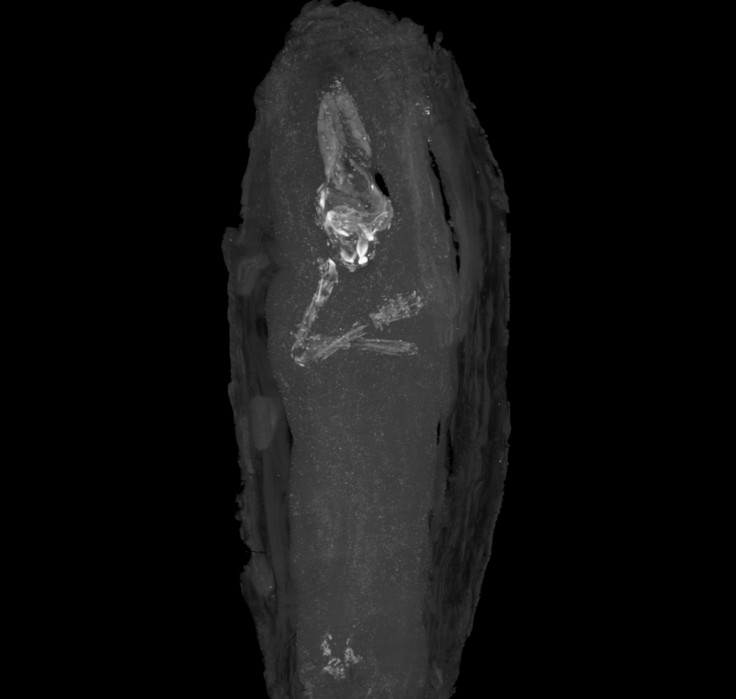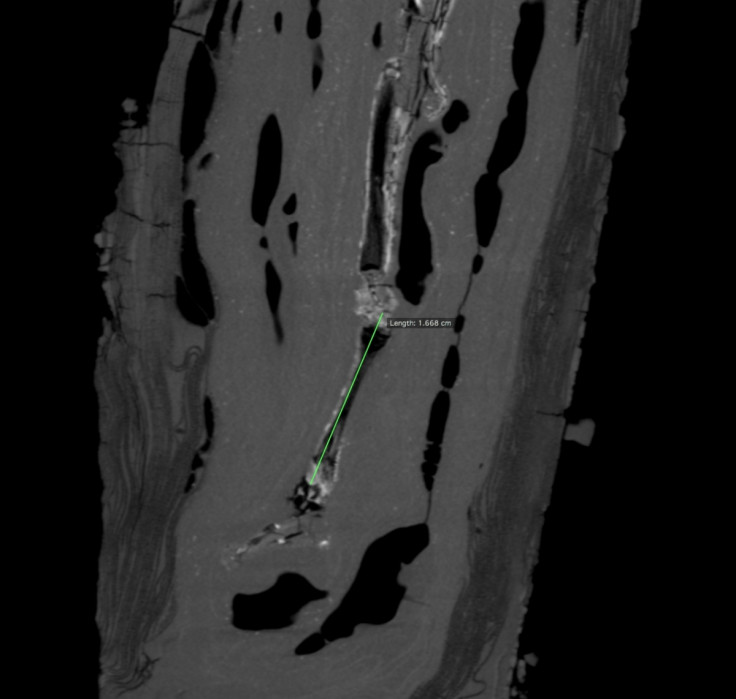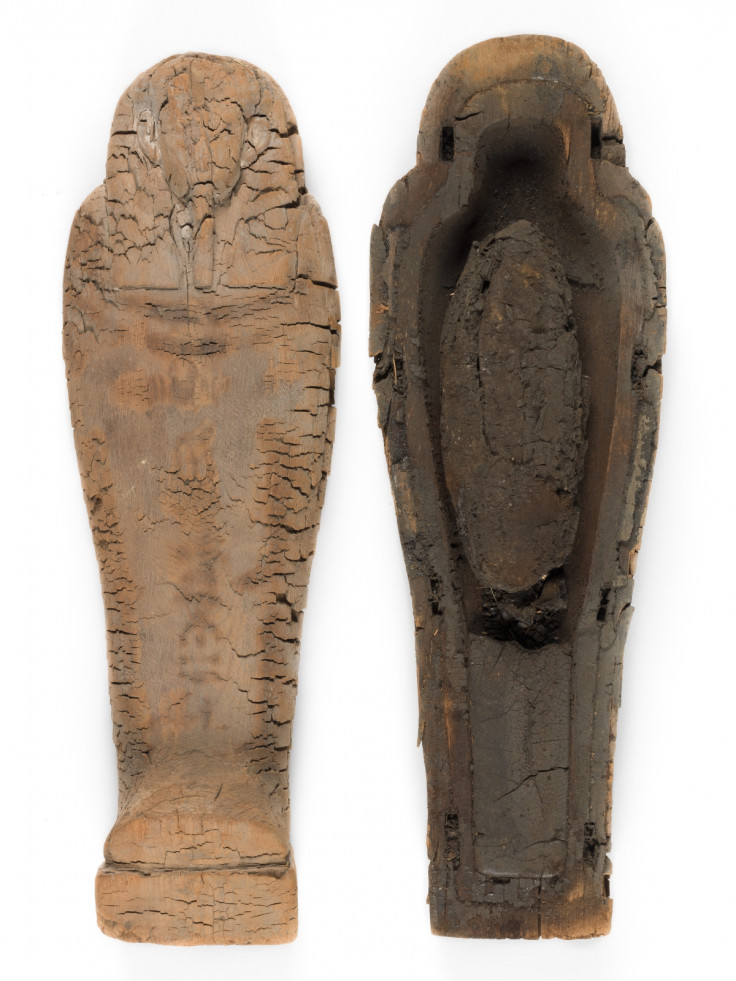Ancient Egypt: Youngest mummified foetus discovered in miniature coffin

Scans of an ancient Egyptian coffin have revealed the world's youngest known mummified human foetus, embalmed and buried around 600BC. The miniature coffin was previously thought to contain nothing but organs, routinely removed during the preparation of bodies for burial.
The coffin is made of cedar wood and is 44 cm long. It was excavated more than a century ago, in 1907 in Giza. The same year, it came into the collection at Fitzwilliam museum in Cambridge.
Due to its small size, and considering Ancient Egypt's burial tradition of removing and preserving organs before embalming bodies, scientists believed the tiny coffin did not contain anything more than said organs, wrapped up in a small, black bundle.
X-Ray imaging had failed to come up with anything more conclusive about its content. However, using the modern and non-invasive technique of CT scans, the museum curators decided to investigate further.
Thanks to this method, they have recently discovered that the coffin actually contained much more than organs: it held the body of a 2,600-year-old foetus, embalmed and mummified according to traditions.

Five digits on both hands and feet and the bones of the legs were clearly visible. However, it was impossible to determine the baby's sex and its cranium and pelvis were found to be collapsed. It is believed to be the result of a miscarriage as no abnormalities were spotted to explain why the baby had not been carried to full term.

Egyptian belief system
This is not the first time mummies of foetuses have been found by scientists, but this one appears to be the youngest known to date – younger than the previous two 25- and 37-week-old foetuses discovered in the past, in Tutankhamun's tomb. The scientists actually believe that the pregnancy had in this case gone no further than 18 weeks.

The discovery is also incredible because it sheds a new light on the Egyptian beliefs system. It suggests miscarriages were probably as emotionally difficult to go through as today, and shows that even unborn babies were valued and given a chance of the afterlife.
The small coffin and its content are now on display at the museum. It is presented as part of a collection of coffins in the exhibition Death on the Nile, a journey through the deaths, beliefs and burial rituals of Ancient Egypt.
© Copyright IBTimes 2025. All rights reserved.






















